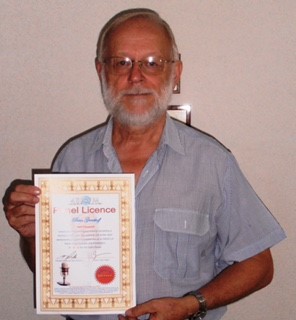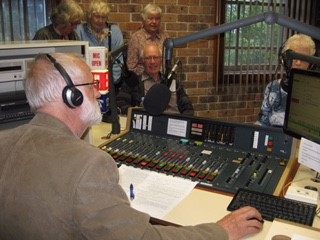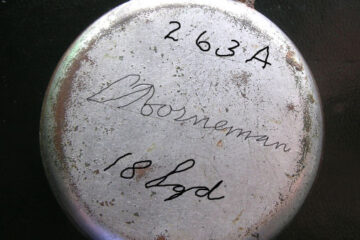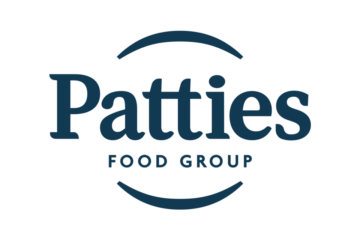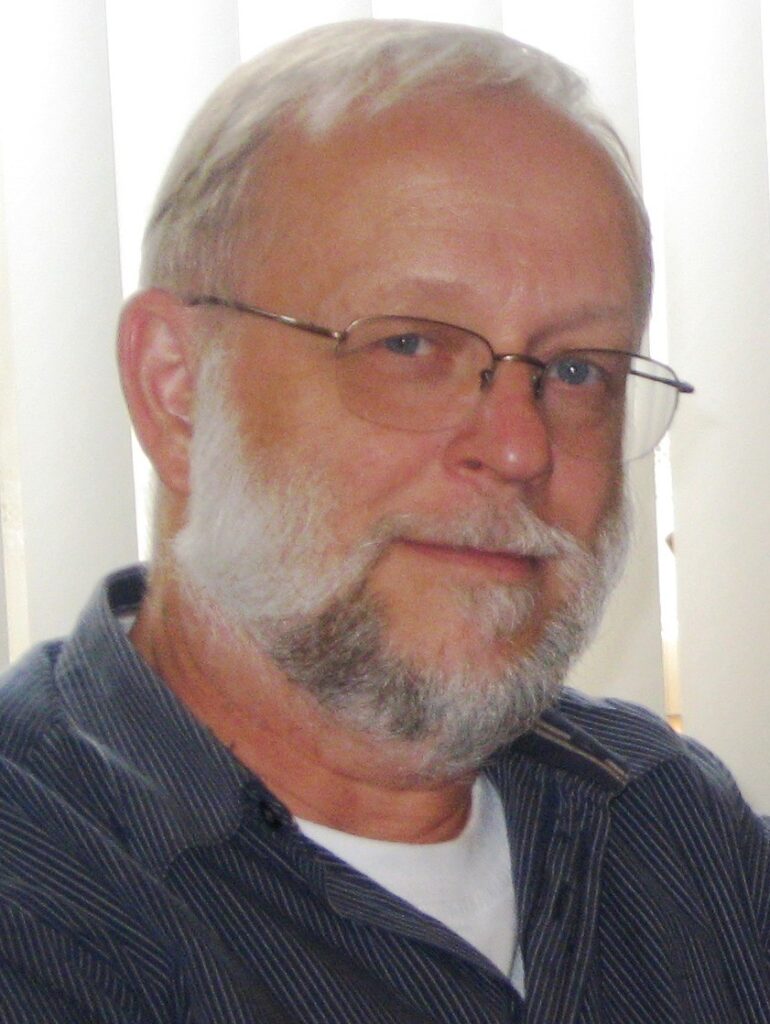
By Beno Groothoff
It was in the year 2000, a time when fears were widespread that computers would not be able to handle the transition from 1999 to 2000 and that the world might collapse, that I responded to an urgent call for volunteers to assist with Dutch-language radio programs at Radio 4EB.
At the group’s monthly meeting, I was introduced to a team of thirteen people, most of whom were older in years but all filled with an extraordinary enthusiasm for creating radio programs in Dutch. I was immediately inspired that first evening and decided to join.
Naturally, one does not simply step behind the microphone, let alone manage the technical side of broadcasting. The next step was to complete an accredited course in radio production. This course culminated in an examination, which required producing a 30-minute program to be assessed by external examiners.
For my exam, I created an English-language program about the Duyfken, the small ship aboard which Willem Janszoon reached the Pennefather River in Cape York in February 1606. I passed the exam and was awarded a Certificate III in Documentation Production and a Certificate II in Radio Training on 3 July 2001.
The course lasted six months, during which we received weekly Saturday morning instruction from the excellent Robert Taylor, covering both the technical aspects of broadcasting and the legal responsibilities of being a broadcaster.
At that time, we learned how to handle LPs and cassette tapes, ensuring they were queued up for immediate play after an announcement — as “dead air” (radio silence) was not permitted. We also learned how to splice and repair tape recordings and to work with MiniDiscs, which have since disappeared from use. Unfortunately, my exam program, recorded on a MiniDisc, has been lost to time.
We were also trained in operating a broadcast panel to ensure smooth transmissions and correct on-air delivery. All programs were broadcast live from the studio in those days. A key part of the panel training was learning how to seamlessly take over a program in another language being broadcast from another studio.
After passing the course, new broadcasters had to operate the panel under supervision for two hours. If successful, they would receive a broadcasting permit, valid for two years, after which a refresher exam was required to renew it.
In the early years, programs were produced with two people: one creating and presenting the content, and the other operating the panel. Over time, I had the privilege of working as a panel operator with first Lucy Bertens and later Helen Dijkstra. After Helen retired from radio work, I began producing solo programs — creating the programs at home and then presenting and managing the technical aspects live in the studio.
The COVID-19 pandemic brought an end to live studio work. With access to the studios restricted, we had to adapt: programs were produced at home and sent via the internet to the station, where a skeleton staff ensured they were broadcast on schedule. Producing programs at home required investing in acoustic improvements to ensure the sound quality matched studio standards as closely as possible.
Over the years, the composition of our Dutch radio group has changed considerably, and today we have a smaller team than when I began 25 years ago. Technology, too, has evolved dramatically. We now work with digital panels alongside the old Harrier panels, and CDs have replaced the LPs and cassette tapes we once used.
To this day, I continue to create and present programs — it has gradually become a beloved hobby. Through my work at Radio 4EB, I have had the privilege of meeting many interesting people, including our King, various representatives of the Kingdom of the Netherlands, and many individuals connected with the Dutch community in Queensland.
